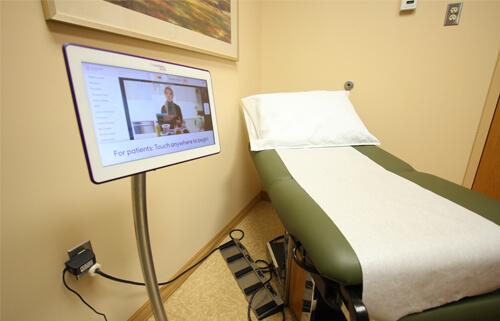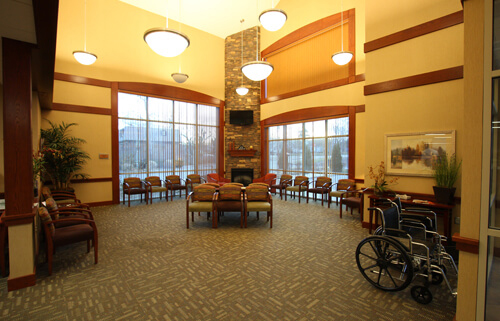Overview
Hemorrhoid banding, or rubber band ligation, is a non-invasive, non-surgical procedure used to remove internal hemorrhoids. Essentially, a rubber band is used to tie off the base of the hemorrhoid, cutting off its blood supply and allowing it to fall off on its own. While the procedure is typically fast and painless, it does require several days of recovery and may include side effects.
Hemorrhoids are very common–nearly 3 out of 4 adults experience hemorrhoids in their lifetime. Hemorrhoid banding is an excellent long-term solution to hemorrhoids, effective for up to 98% of patients. If you may need hemorrhoid banding treatment in Louisville, Lexington, or Southern Indiana, consider contacting the experienced team of medical professionals at Gastroenterology Health Partners.
Causes of Hemorrhoids
Hemorrhoids can be caused by a number of factors, including:
- Obesity
- Straining or prolonged sitting during bowel movements
- Chronic diarrhea or constipation
- Pregnancy
- Not eating enough fiber
- Aging
Symptoms of Hemorrhoids
- Severe pain
- Severe bleeding
- Itching
- Swelling
- Hemorrhoids with blood clots
- Prolapsing (protrusion through the anus)
Prolonged or severe hemorrhoids can result in anemia, blood clotting, dizziness, faintness, and extreme pain. If you experience any symptoms of hemorrhoids, seek medical help as soon as possible.
An Overview of the Procedure
Leading up to the procedure, your doctor may perform diagnostic exams such as a physical exam, rectal exam, a sigmoidoscopy, or an anoscopy. These can help determine the state of your hemorrhoids and your eligibility for the procedure.
A few days before your appointment, your doctor may ask you to stop taking medications such as ibuprofen, aspirin, or other NSAIDs that affect blood clotting.
The procedure itself is painless and can take less than 5 minutes. The doctor will insert a viewing instrument (anoscope) into the anus. Then, the hemorrhoid can be grasped and a rubber band will be placed around its base. Within a week, the hemorrhoid will shrink and fall off. A scar will form in its place, keeping veins in place. Some hemorrhoids may take several banding procedures.
Recovering From Hemorrhoid Banding
Recovery from hemorrhoid banding takes several weeks. About half of all patients experience some discomfort following the procedure. You may feel a sense of fullness in the rectum, a dull aching pain, or slight bleeding. If so, you may be recommended an over-the-counter medication.
Following the procedure, you shouldn’t lift heavy items or do any activities that could cause you to strain. While brief walks are recommended to increase blood flow, you shouldn’t exercise or over exert yourself in the first few days. Get plenty of rest, sleep, and fiber-rich foods.
Complications of Hemorrhoid Banding
While serious complications are rare with this procedure, there are a few signs to look out for after your hemorrhoid banding. These include any signs of infection (like fever or chills), passing a lot of blood, having uncontrollable pain, having trouble urinating, and developing an aching feeling between the rectum and genitals. Call your doctor if any of these symptoms develop.
Preventing Hemorrhoids
- Eat more high fiber foods. A diet rich in fruits, vegetables, and whole foods can help promote softening of the stool, which allows it to pass easier. Oatmeal, lentils, beans, chickpeas, pears, raspberries, popcorn, and chia seeds are a few great options. Try to consume between 20 and 30 grams of fiber each day.
- Drink enough fluid. Getting plenty of water helps soften the stool and promotes regularity.
- Exercise regularly. Exercise prevents constipation and reduces pressure on veins. Plus, it reduces the chance of obesity, which is another risk factor for hemorrhoids.
- Try not to strain. Straining puts pressure on the veins of the rectum, increasing the risk of hemorrhoids.





